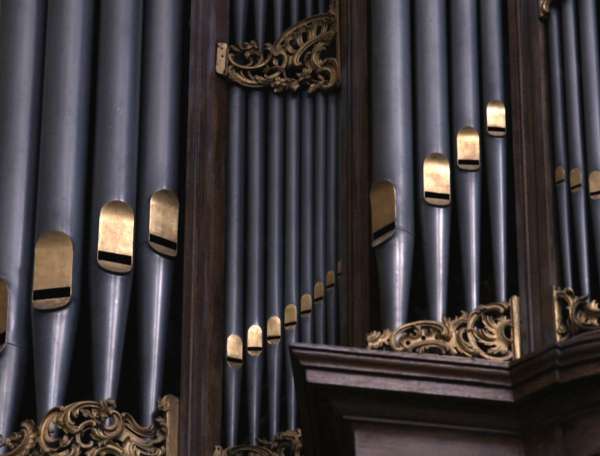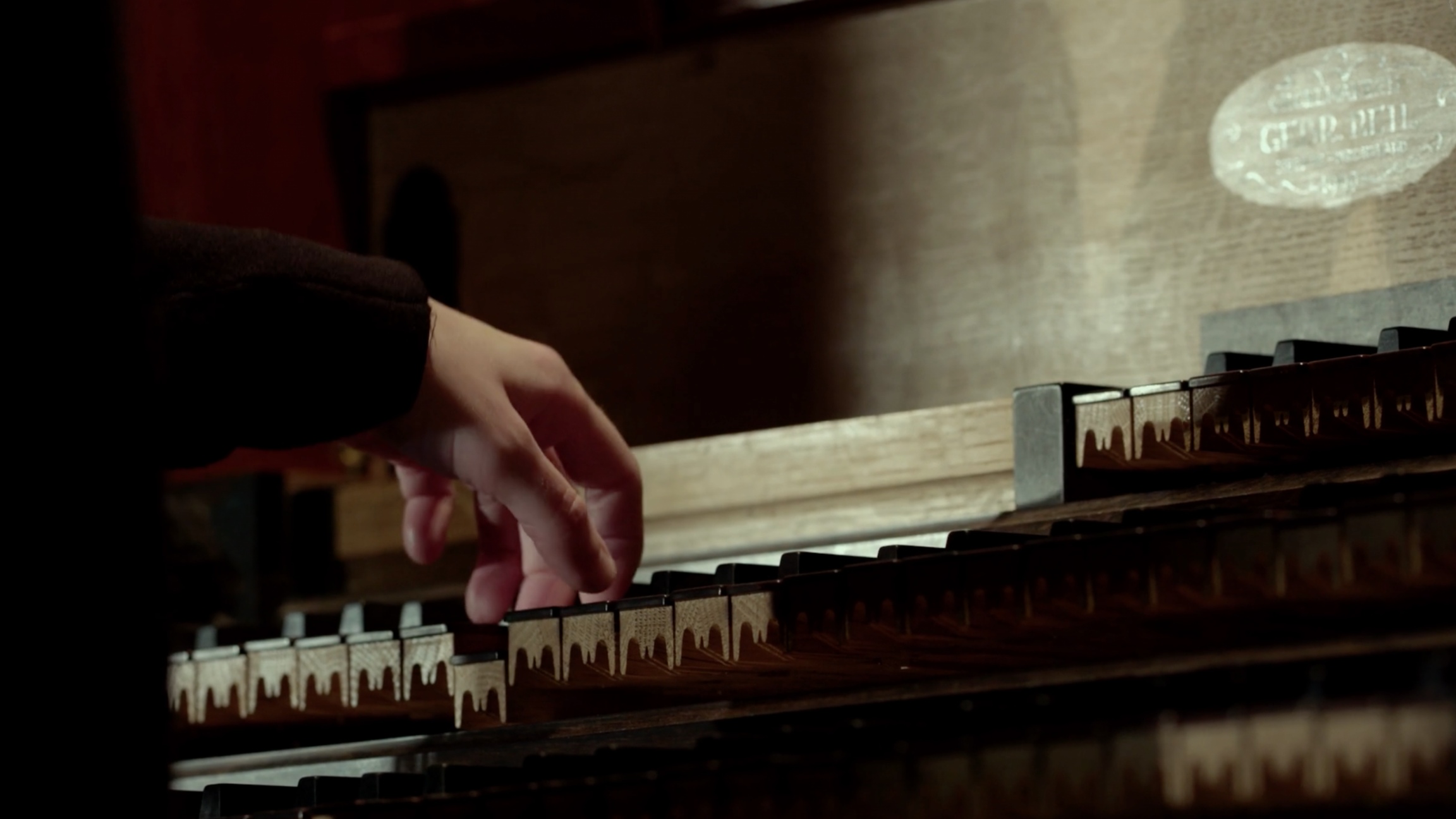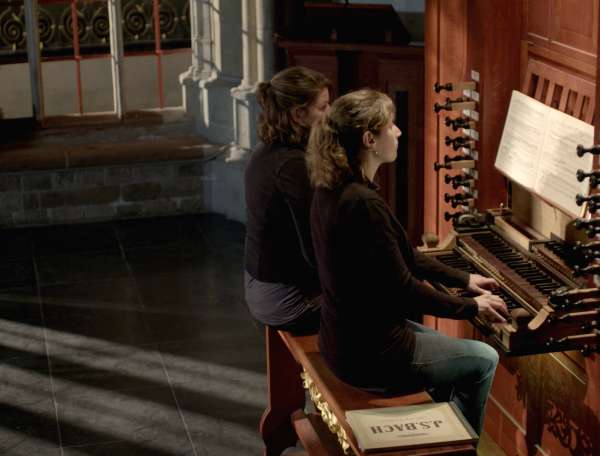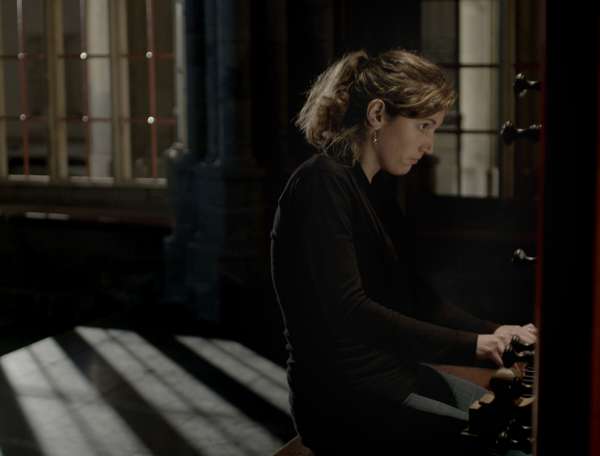

Canzona in D minor
BWV 588 performed by Dorien Schouten
Bovenkerk, Kampen
Behind the music
Stile antico
Bach sharpens his pen on the leading instrumental genre of the Baroque
While musical tastes around him rejuvenated, Bach kept revisiting elements from his musical youth (and earlier) throughout his life. If only by persisting in his consistently brilliant counterpoint, he exhibited a certain archaism. But such genius, of course, did not arise from nowhere. On the contrary, it had to mature thoroughly. For a glimpse of that process, we are fortunate in being able to consult some surviving early works. They are often style exercises, such as this Canzona, and demonstrate Bach’s chameleonic spirit.
With the eruption of the Baroque in sixteenth-century Italy, composers became more interested in instrumental music. The main genre was the canzona, a solo or ensemble work in various movements, which evoked a whole range of moods. Loyal to Renaissance counterpoint, but released from the natural restrictions of singers’ voices, masters like Girolamo Frescobaldi enjoyed composing difficult intervals and searching out the extreme registers of their instruments. The genre’s flexibility meant that it soon gained popularity all over Europe. It flourished quite late in the north, represented by Johann Jakob Froberger and Dietrich Buxtehude.
Bach followed the archetype in detail, possibly inspired by a Frescobaldi edition from 1635 that he owned. However, he restricted himself to two movements, which moreover are both fugues. The themes, in double and triple time respectively, use the ‘sequence’ technique (repetition of a motif one tone lower or higher), while the answers are chromatic in timbre (intervals of a semitone). Strictly according to the rules of the art, Bach wrote a work that almost appears to be an exercise. Yet the two contrasting themes, inviting the use of different registers, make this unique piece a successful test of skill.
- BWV
- 588
- Title
- Canzona in D minor
- Instrument
- organ
- Genre
- organ works
- Year
- before 1714
- City
- Arnstadt/Weimar
- Special notes
- The separately notated pedal part is superfluous from a technical point of view. In fact, the work can be played in full on any keyboard instrument. Bach's manuscript, which may have provided an explanation, has not survived.
Extra videos
Vocal texts
Original
Translation
Credits
-
- Release date
- 12 August 2016
-
- Recording date
- 1 October 2015
-
- Location
- Bovenkerk, Kampen
-
- Organist
- Dorien Schouten
-
- Organ
- Reil choir organ
-
- Film directors
- Jan Van den Bossche, Hanna Schreuders
-
- Camera
- Maarten van Rossem, Gijs Besseling
-
- Music production, editing and mix
- Guido Tichelman
-
- Film editor and interview
- Gijs Besseling
-
- Producer
- Jessie Verbrugh
Discover
Help us to complete All of Bach
There are still many recordings to be made before the whole of Bach’s oeuvre is online. And we can’t complete the task without the financial support of our patrons. Please help us to complete the musical heritage of Bach, by supporting us with a donation!

